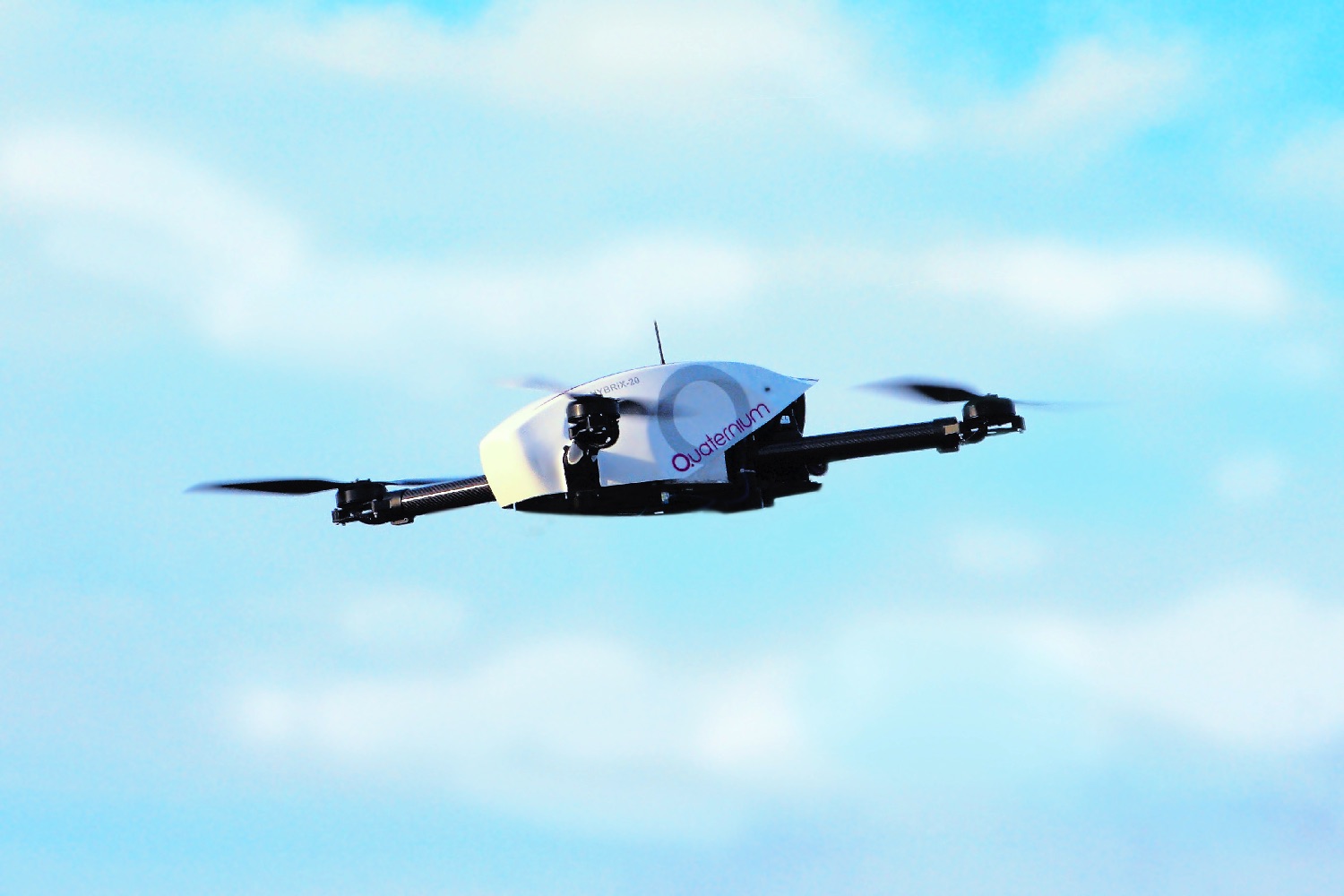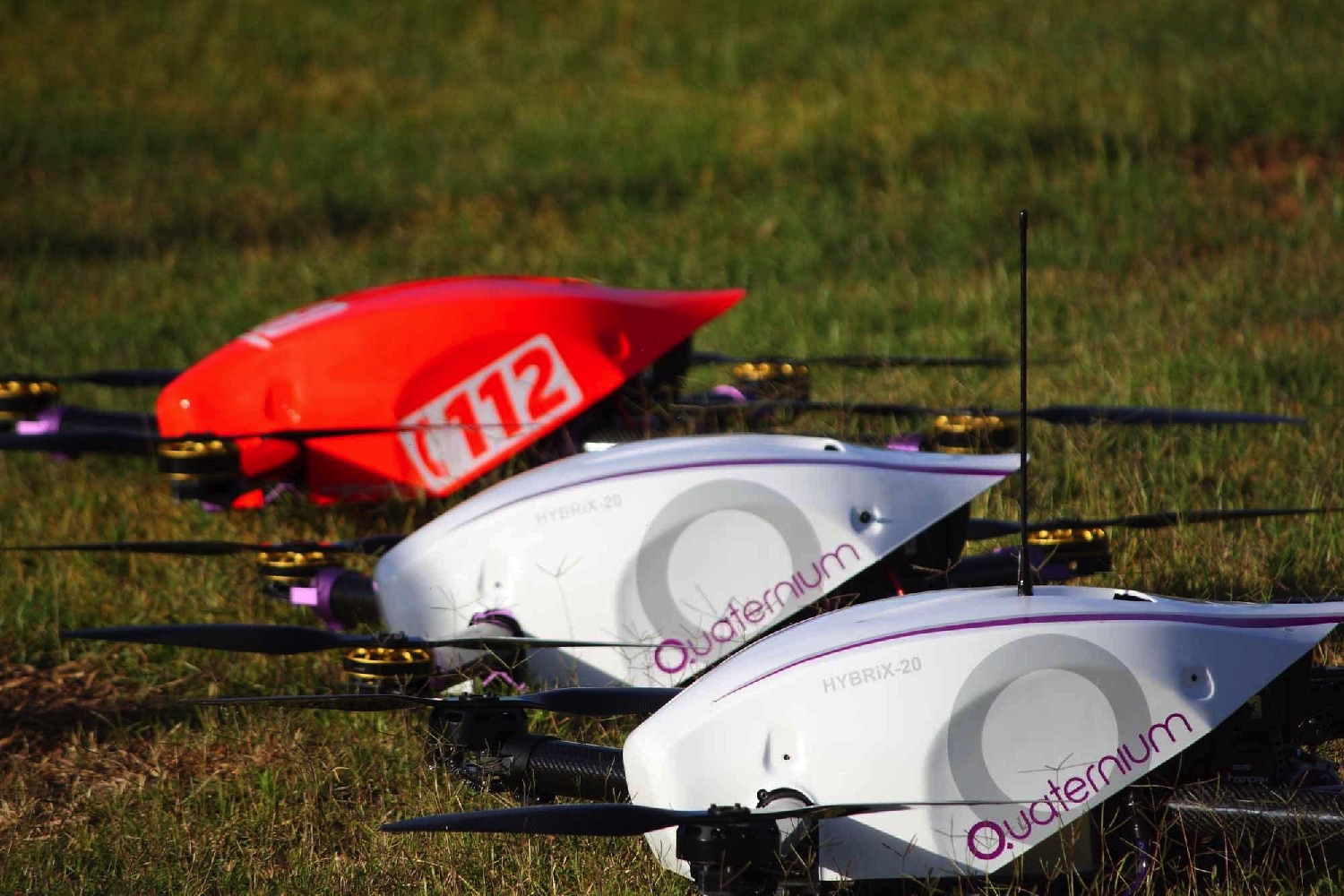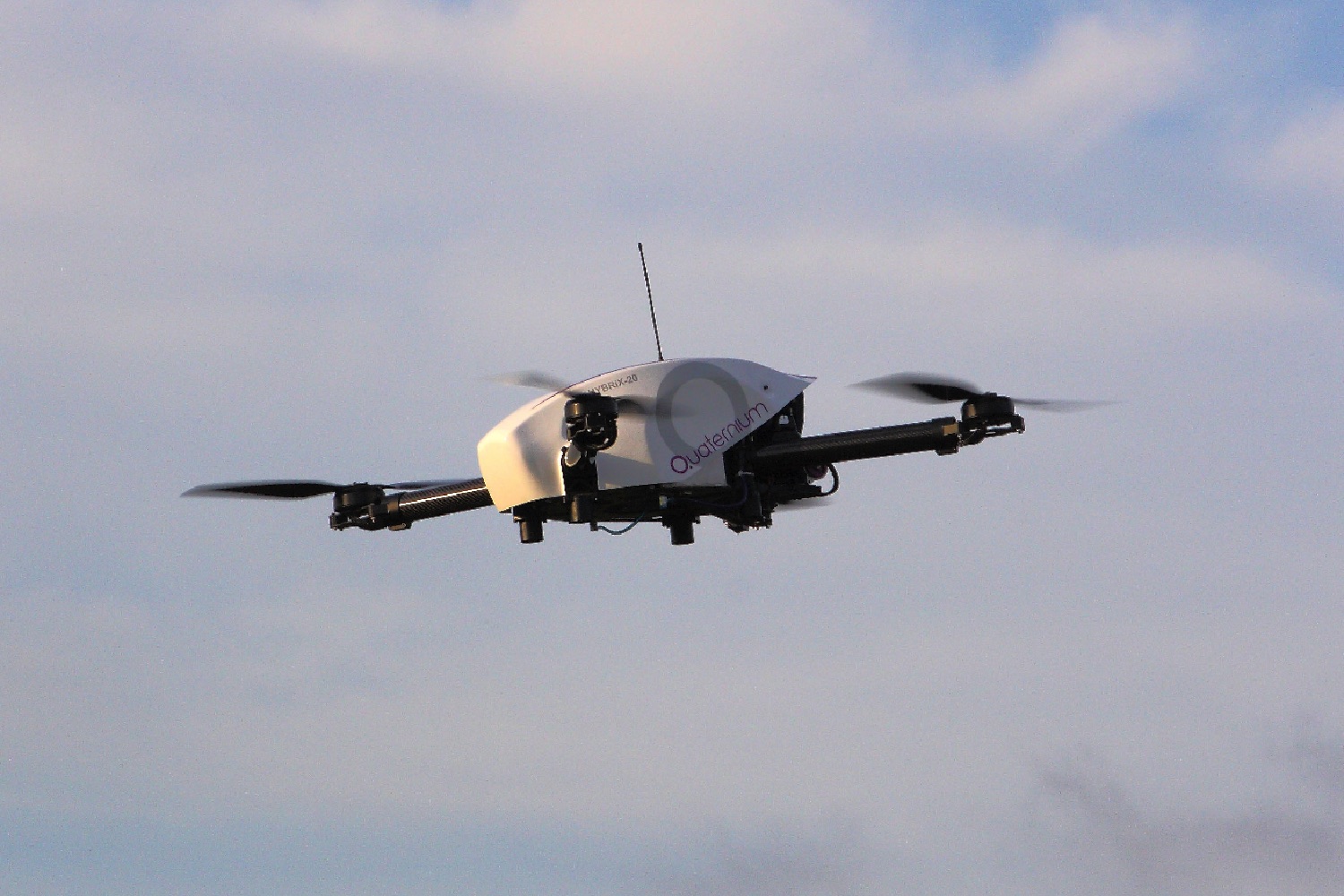“Multicopters are the preferred aerial platform for commercial applications, but their limited endurance makes them useless for many missions such as emergency response or monitoring of big infrastructures,” Alicia Fuentes, CEO of Quaternium, told Digital Trends. “This is because multicopters have been traditionally electric. In 2013, the founder of Quaternium, Jose Luis Cortés, had the vision that making them hybrid, like cars, would mean an incredible improvement in flight time. And this is what we have proven by performing a flight 10x longer with Quaternium hybrid technology.”
The drone flight took place on Christmas Eve in Valencia, Spain. The Hybrix.20 drone was able to achieve its record due to carrying an onboard combustion engine with a generator that kept the battery charged during the entire flight.
As can be seen in the video at the top of this page, the record attempt consisted of the Hybrix.20 drone hovering in the air with a clock in the foreground showing the time that elapsed. Unfortunately, it won’t be an official Guinness World Records (which lists the longest drone flight as two hours, six minutes, and seven seconds) since no officials were on hand to document it.
Does Fuentes think the company can beat its own record in 2018? “This is just the beginning,” she said. “The potential of hybrid technology for drones is huge. At Quaternium, we believe that we will all be amazed with its evolution in the short term. The hybrid race has just started. I would expect surprising improvements in 2018, not only coming from Quaternium, but from other emerging companies as well.”
While achieving records is all well and good, however, feats like this help drive drone innovation forward in a way that will be useful for everything from drone-based search-and-rescue missions and crop monitoring to drone delivery services like the fabled Amazon Prime Air.







